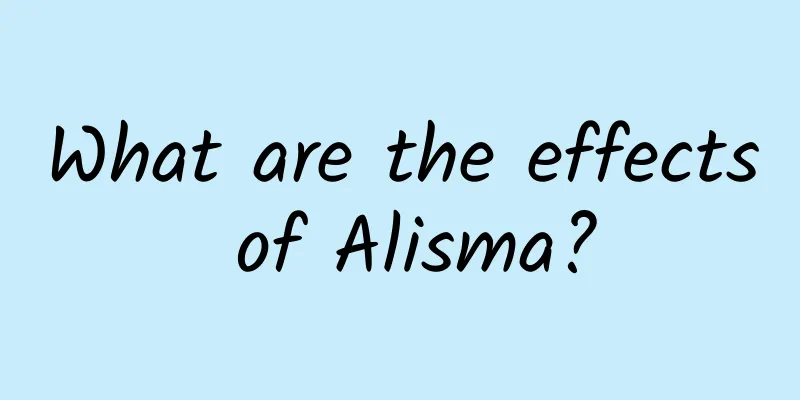How to Identify Color Blindness

|
If you want to know whether you are color blind or not, the method is relatively simple. You can use pseudo-isochromatic pictures to identify and distinguish. You can also do color beam tests, or you can use mixed color mixing meters to measure. These are all common methods. By using these methods, you can know whether you are color blind or not. These are also some of the most common methods for diagnosing color blindness in medical treatment. How to Identify Color Blindness Color blindness and color weakness are mostly checked using subjective perception, usually under brighter natural light. Commonly used inspection methods are as follows. 1. False Same Color Picture It is usually called a color blindness book, which uses dots of the same shade of hue but different colors to form numbers or graphics. People with color vision impairment have difficulty in identifying them and may make mistakes or be unable to read them. They can confirm what kind of color vision abnormality they have according to the color blindness table. 2. Color harness test The method is to mix wool bundles of different colors and shades together and ask the subject to pick out the bundle of wool that has the same color as the standard bundle. This method is time-consuming and can only provide rough qualitative rather than quantitative results, making it unsuitable for large-scale screening inspections. 3. Color mixing tester It can quantitatively record the amount of red and green light required to match in order to determine red-green color vision abnormality. This method is both qualitative and quantitative. Clinical manifestations of color blindness Color blindness is divided into total color blindness and partial color blindness, and partial color blindness includes red color blindness, green color blindness, blue-yellow color blindness, etc. Color weakness includes total color weakness and partial color weakness, and partial color weakness includes red color weakness, green color weakness, blue-yellow color weakness, etc. 1. Achromatopsia It is a complete cone cell dysfunction, which is the opposite of night blindness (rod cell dysfunction). Patients prefer darkness and are afraid of light, which manifests as day blindness. There is only a difference in light and dark, but no difference in color, and the red appears dark and the blue appears bright. In addition, there are symptoms such as poor vision, amblyopia, central scotoma, and pendulum nystagmus. It is the most severe form of color vision deficiency and is less common. 2. Red-color blindness Also known as the first color blindness. The patient is mainly unable to distinguish the color red, and cannot distinguish red from dark green, blue from purple-red, and purple. Green is often seen as yellow, purple is seen as blue, and green and blue are mixed as white. 3. Deuteranopia Also known as second color blindness, patients cannot distinguish between light green and dark red, purple and cyan, purple and gray, and perceive green as gray or dark black. In clinical practice, red-green color blindness and green-color blindness are collectively referred to as red-green color blindness, which is more common. The color blindness we usually talk about usually refers to red and green color blindness. 4. Blue-yellow color blindness This type of color blindness is also called third color blindness. Patients usually confuse blue and yellow colors. This symptom is relatively rare. 5. Panchromatosis Also known as red, green, blue and yellow weak. The color vision impairment is lower than total color blindness, and there is no abnormality in vision or other complications of total color blindness. It is possible to distinguish objects when their colors are dark and bright; if the colors are light and unsaturated, it is difficult to distinguish and is rare. The color vision disorder is lower than that of achromatopsia, and there is no abnormality in vision or other complications of achromatopsia. 6. Partial color blindness There are red-green color weakness (first color weakness), green-green color weakness (second color weakness) and blue-yellow color weakness (third color weakness), among which red-green color weakness is more common. Patients have poor sensitivity to red and green. When the lighting is poor, their color discrimination ability is close to red-green color blindness; but when the color of the material is dark and bright and the lighting is good, their color discrimination ability is close to normal. |
<<: Can color blindness be corrected?
>>: Color blindness and color weakness can finally be cured
Recommend
Chinese medicine can also be eaten as food. Eat 7 kinds of medicinal materials to make you a healthy woman.
Many people may have done a lot of research on tr...
The dangers of cholecystitis
With the continuous development and progress of s...
What to do if your sexual desire decreases?
Under normal circumstances, people's sexual d...
What are the symptoms of overwork in pregnant women?
In fact, many people know that pregnancy is a ver...
What are the acupoints for soothing the liver and regulating qi?
In traditional Chinese medicine, liver acupoints ...
What medicine is good for calf soreness?
Calf problems are difficult for most people to av...
These four foods are more nutritious than ginseng! Foods that nourish the kidneys, liver, stomach and spleen! Have you eaten?
In fact, the real “health experts” are not those ...
What to do if pituitary gland atrophy?
Pituitary atrophy is a phenomenon that many elder...
If there is disease in internal organs, the skin will send out an alarm! Signs of herpes zoster or tumor
Before any organic disease occurs, the body will ...
What should I do if I can't sleep the next day?
Some people are more sensitive. If they have impo...
What are the symptoms of qi deficiency in women? Don't say you don't care.
The symptoms of qi deficiency are somewhat simila...
What are the symptoms of rhinitis cough
There are many symptoms of rhinitis, such as nasa...
Will a halo nevus spread?
Halo nevus may show symptoms of spreading because...
What causes runny nose and sneezing?
When people have a runny nose and sneezing, they ...
Early symptoms of depression
The increasing pressure of life, pressure from so...









